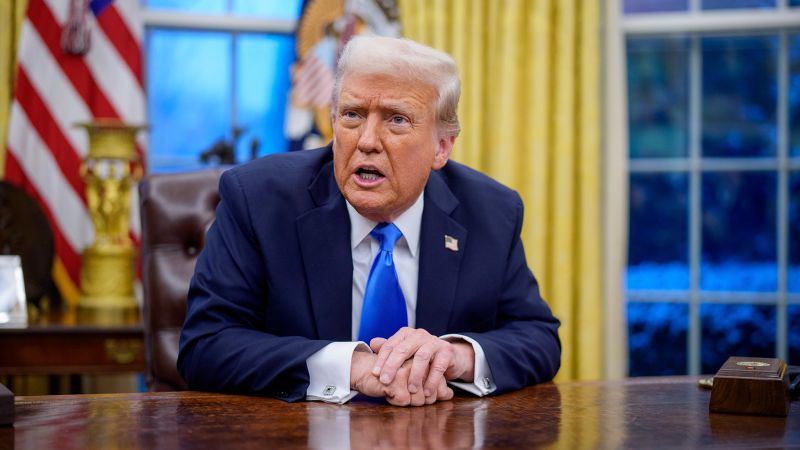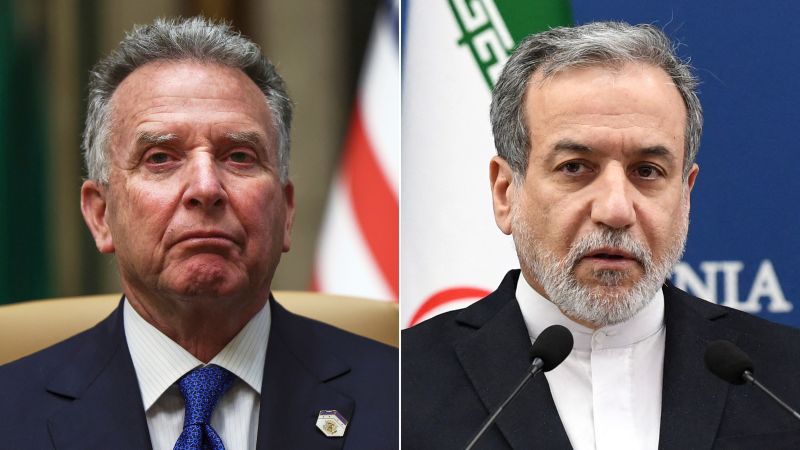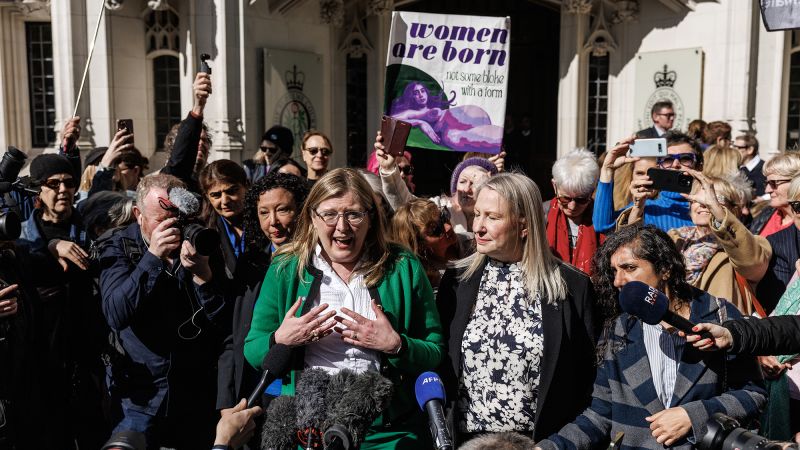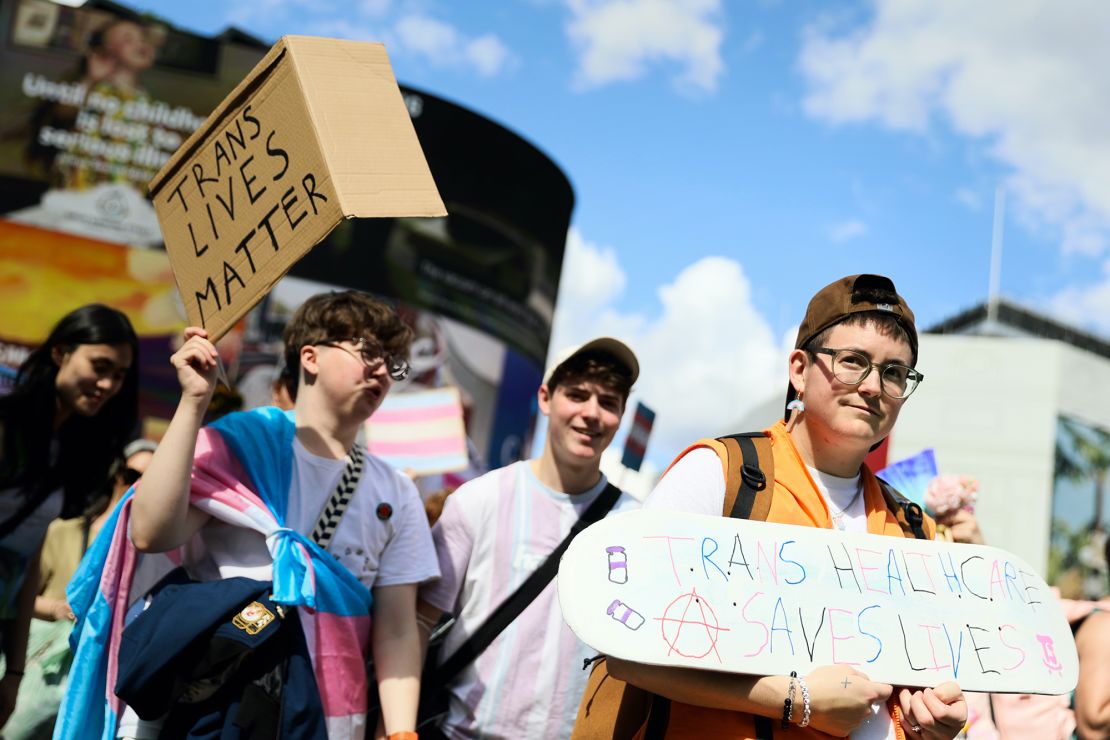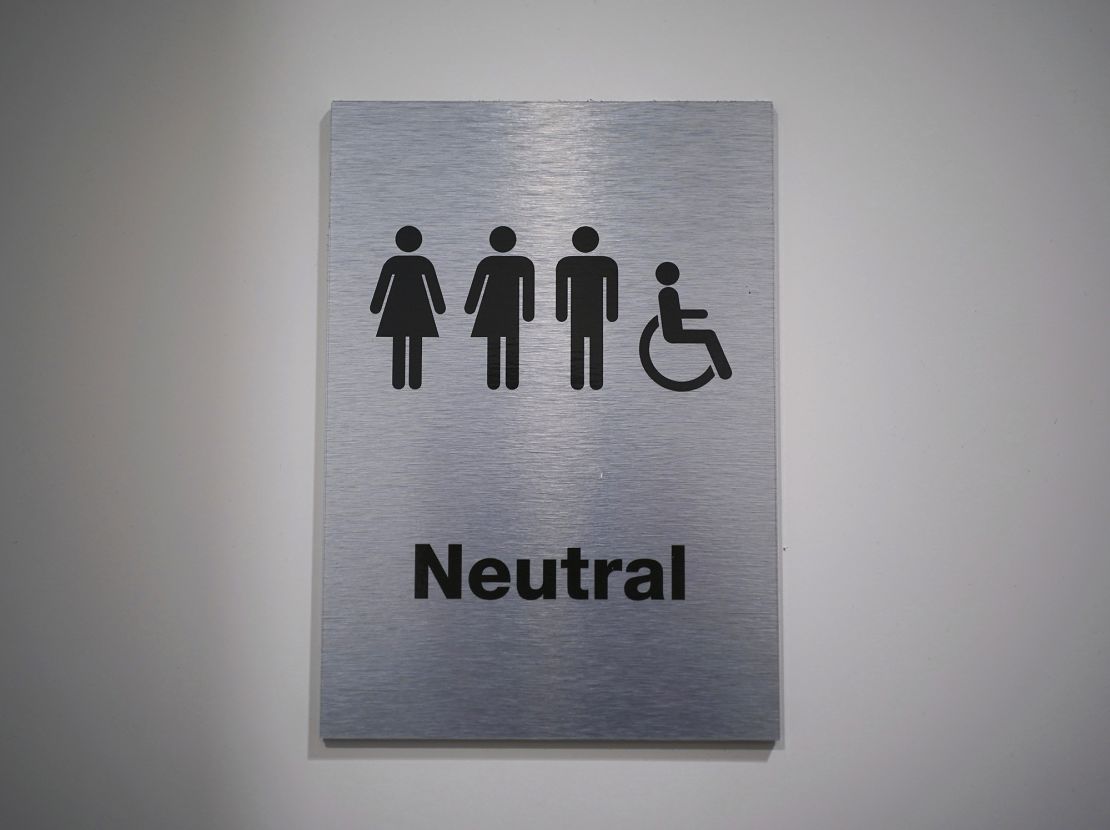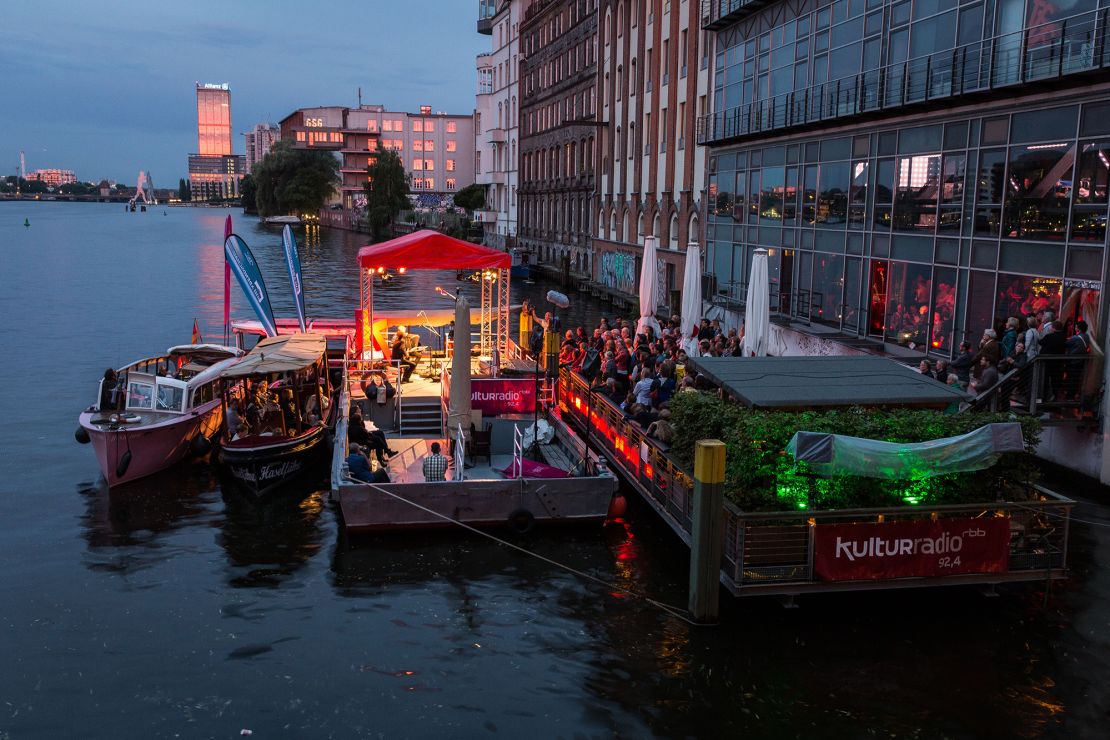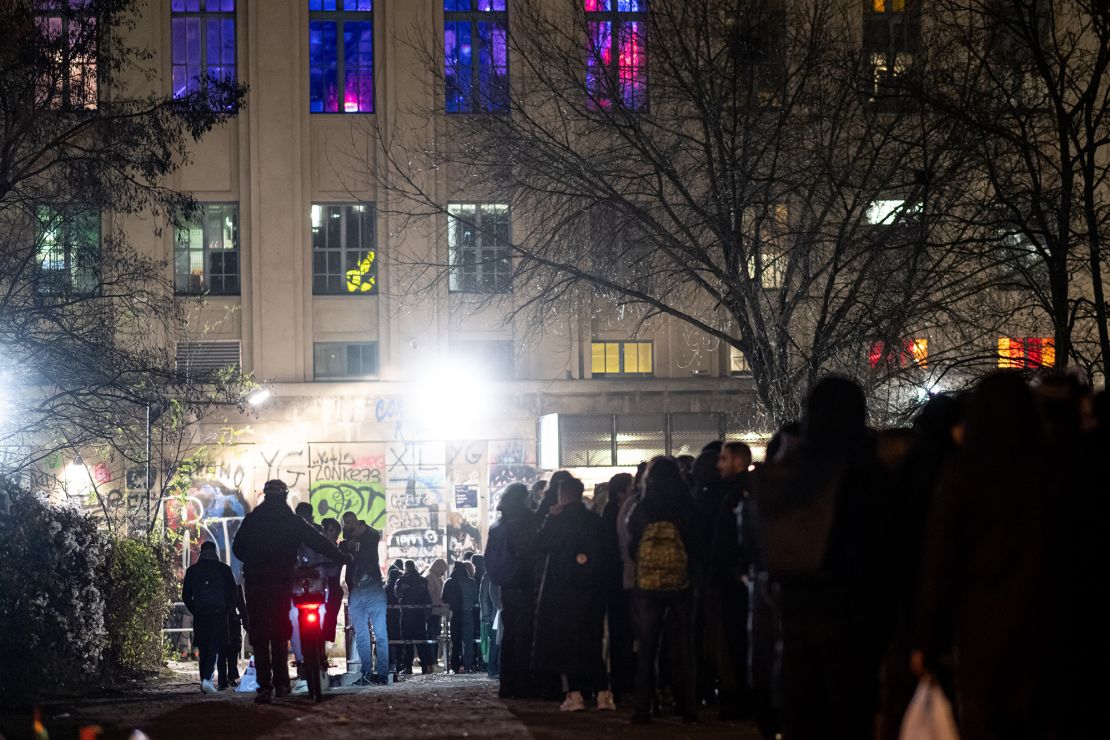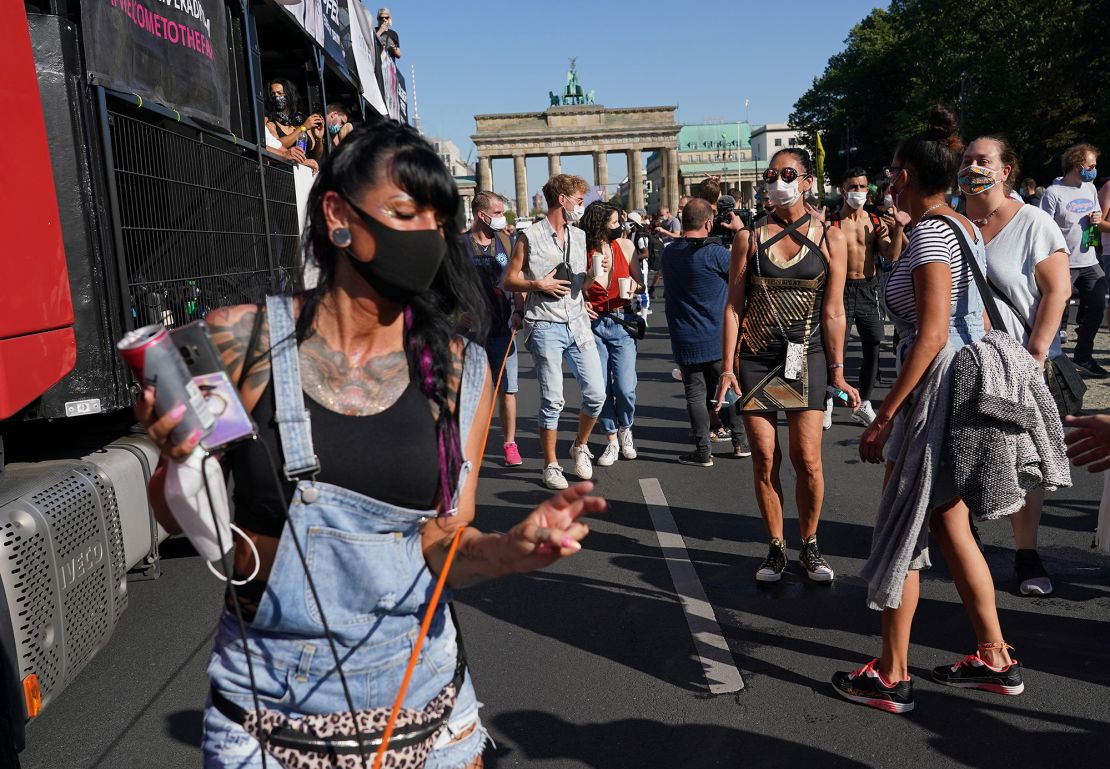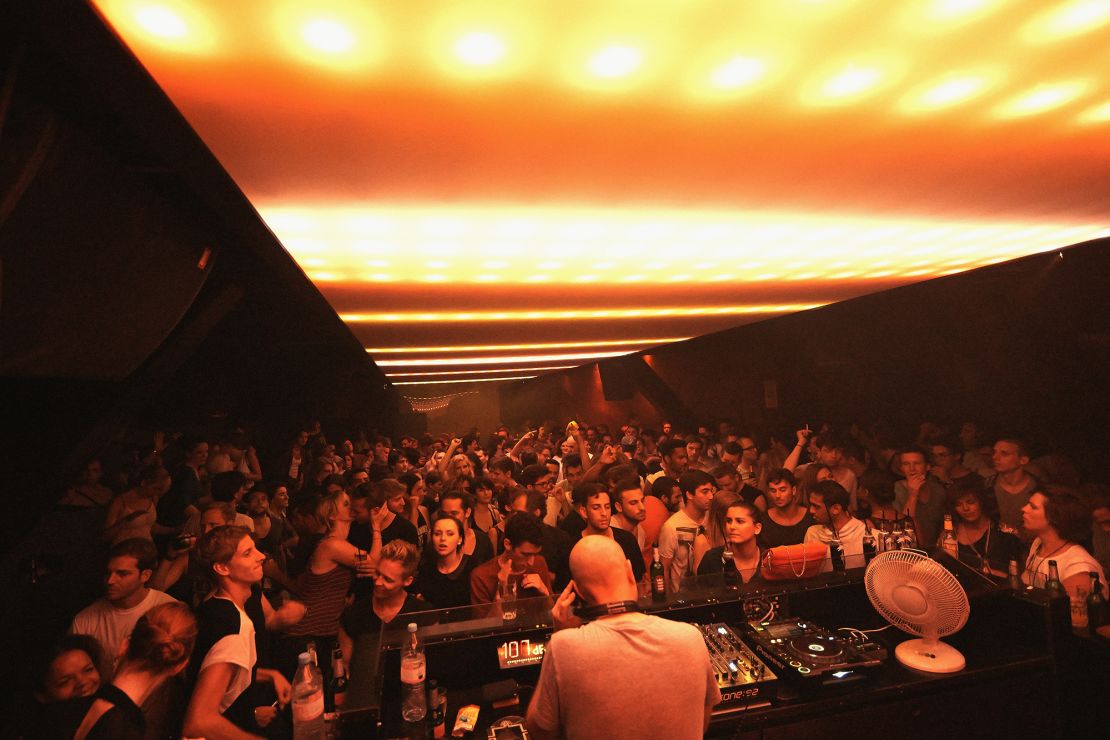London
CNN
—
Maintaining a good relationship between the United States and Europe has long been seen as a no-brainer by leaders on both side of the Atlantic. After all, it’s this friendship that has led to decades of peace, stability and prosperity.
And then came US President Donald Trump.
In his second term, Trump and his closest aides have repeatedly expressed a deep disdain for Europe, centered mainly around their belief that the continent is taking advantage of the US when it comes to security and trade.
They say the US has for decades been subsidizing Europe’s inadequate defense spending, while getting slapped with tariffs and trade barriers in return.
But their dislike seems to be at least partly rooted in ideology.
Majda Ruge, a senior policy fellow at the European Council on Foreign Relations, said that Trump’s foreign policy is an extension of the culture wars that he and his administration are leading against liberalism at home.
“And Europe is considered to be one of the bastions of that liberalism,” she said.
She said Trump’s “Make America Great Again” movement has been largely inspired by people’s disappointment with globalization.
“It is based on grievances and backlash against globalization, elites, against international organization, supranationalism and everything that the European Union represents,” Ruge told CNN. “And then you have the backlash against progressive liberal policies on gender, on education, on immigration. Again, Europe finds itself there on the wrong side of the culture war,” she added.

Few in the Trump administration have shown as much contempt for Europe as Vice President JD Vance.
Just weeks into his tenure, Vance stunned European leaders by using his speech at the Munich Security Conference to berate them over free speech and migration. He went as far as suggesting that the biggest threat to European security wasn’t Russia or China, but “the threat from within,” which he characterized as “the retreat of Europe from some of its most fundamental values.”
He followed that up a wide-ranging interview with British website UnHerd on April 15 where he shared his and the president’s frustration with European leaders.
“The reality is – it’s blunt to say it, but it’s also true – that Europe’s entire security infrastructure, for my entire life, has been subsidized by the United States of America,” he said.
“It’s not in Europe’s interest, and it’s not in America’s interest, for Europe to be a permanent security vassal of the United States.”
But the extent of his dislike for the continent was laid bare when the editor-in-chief of The Atlantic magazine, Jeffrey Goldberg, was accidentally added to a group chat of Trump’s top officials on the nongovernment messaging app Signal.
Vance suggested calling off a US attack on the Houthi rebels in Yemen, who had been disrupting key international shipping routes for months, because it would help European economies more than it would America’s.
“I just hate bailing Europe out again,” Vance said in the chat.
That remark was in line with Trump’s long-held belief that European countries have been able to underspend on defense because they knew the US would step in and bail them out.
He has threatened to take the US out of NATO and questioned Article 5 of the treaty, the principle of collective defense – a key pillar of the alliance that has only been invoked once in its history, after the September 11, 2001 attacks on the US.
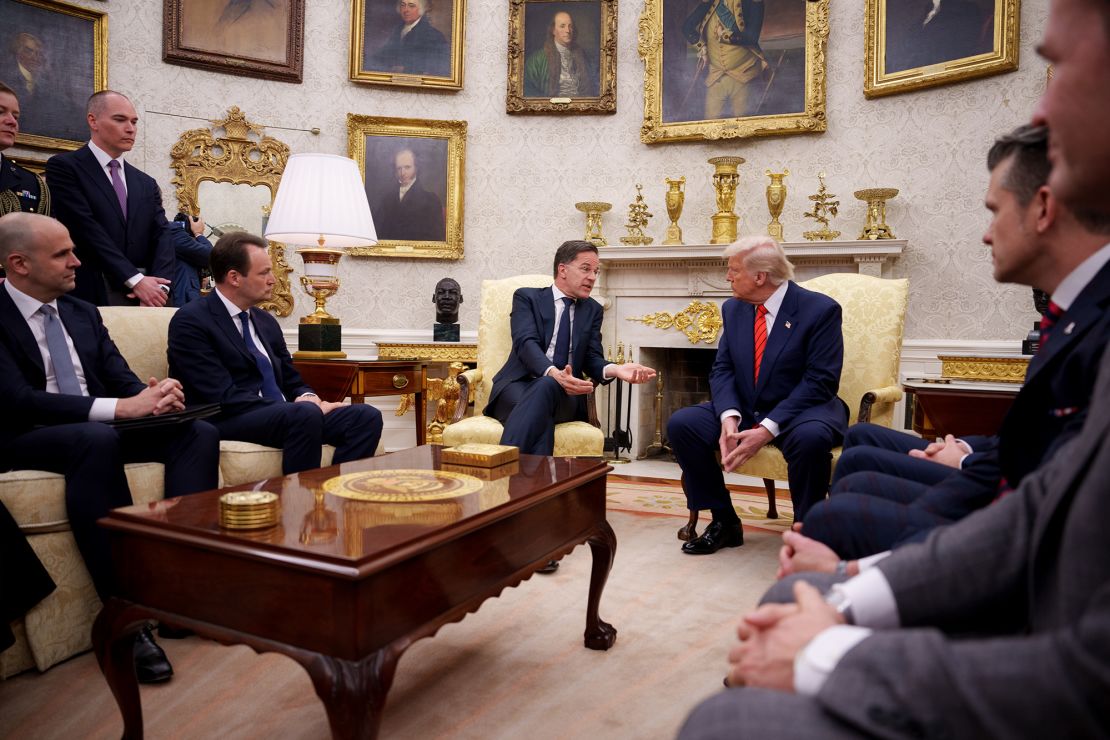
Trump made defense spending a major issue when he first became US commander in chief and 22 out of NATO’s then 27 members were spending less than the agreed upon 2% of their GDP on defense.
Things have changed since then – partly because of Trump’s pressure, but mostly because of Russia’s aggression against Ukraine, which was a major wake-up call for Europe.
In 2024, only eight out of the expanded alliance’s 32 members didn’t meet the target.
And while it is true that the US has invested a lot of money and manpower into Europe’s security, experts say the picture is a lot more nuanced than how Vance and other top Trump lieutenants present it.
“Americans didn’t do this out of the goodness of their hearts,” Ruge said. “Regardless of the administration, the US has rarely done something on the foreign policy front, which hasn’t been to the benefit of or in line with (the) national interests of the United States.”
Sudha David-Wilp, vice president of external relations and senior fellow at the German Marshall Fund of the United States, agreed with that assessment – and warned that pulling away from the time-tested alliance could end up costing the US.
“Yes, the United States is the one that invests more blood and treasure, but the United States has also benefited from this network that has been created in the last 70 years,” she told CNN.
The US was able to rely on the support of its European allies on a number of occasions, even when it didn’t necessarily benefit their own political standing – such as when they refused to condemn the decision by the US to kill Iran’s General Qasem Soleimani in Iraq, or when they supported the US invasion of Afghanistan and contributed troops to the multinational force there as required by NATO’s Article 5, even though majorities of their citizens opposed it.
“Is it perfect? Absolutely not. Does it need reform? Yes. But by tearing it all down, it could make (the world) more dangerous and riskier for the United States,” David-Wilp said.
Trump and those close to him have long pushed for the US to pull back from its traditional role as the world’s policeman, warning against America’s involvement in foreign conflicts.
The paradox of this, Ruge said, is that Vance and other “restrainers” are aligned with many European countries who have in the past criticized US interventions abroad.
Vance said as much in the interview with UnHerd, when he suggested that if Europe was a “little more willing to stand up” to the US, it “could have saved the entire world from the strategic disaster that was the American-led invasion of Iraq.”
Both Germany and France opposed the 2003 Iraq invasion, a stance which greatly angered the Bush administration. The then-Secretary of State Colin Powell threatened France with “consequences” over its decision to stand up to Washington. An anti-French sentiment took hold across the US — with actions like “French fries” being renamed “freedom fries” in establishments around the country.
“If you think about the Signal chat, where they’re going into the action of bombing of Houthis in Yemen and saying ‘we’re going to give the bill to Europeans,’ well, there’s an amount of hypocrisy, because American action – especially in the Middle East and North Africa – has produced huge amounts of liabilities for Europe,” Ruge said.
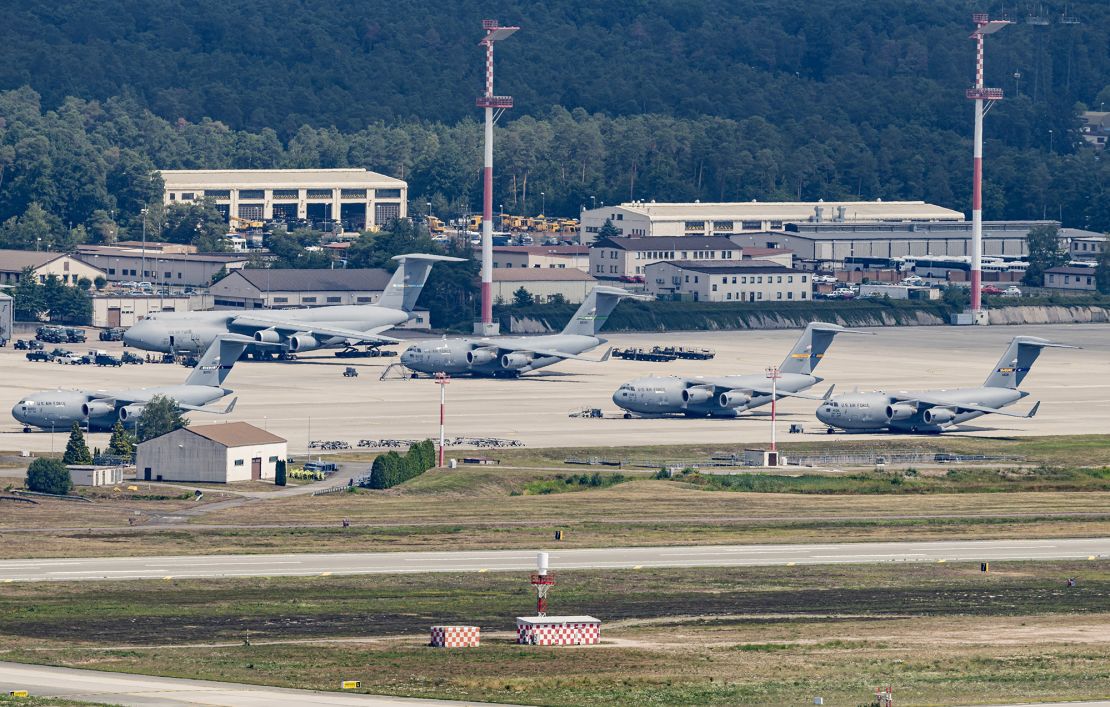
The US has a vast network of military bases across Europe, with some 80,000 service members deployed there, down from a 20-year peak of 105,000 at the time of Russia’s full-scale invasion of Ukraine in 2022. The current number is roughly one fifth of what it used to be during the Cold War.
The strategy of stationing American troops closer to conflict zones dates back to World War II and has proven to be beneficial time and time again.
While different administrations have tinkered with the number of troops and locations of bases, the US has always maintained a significant military presence around the world.
“One can certainly make credible arguments that it’s important to move assets to regions like the Indo-Pacific, but it still makes sense to have a presence in Europe, because having a presence in Europe also helps the United States when it comes to out-of-area conflict,” David-Wilp said.
According to research by the Atlantic Council, it would cost the US taxpayer nearly $70 million more per year to rotate military forces in and out of Europe rather than have them based in Germany and Poland.
The huge investments the US has been making into defense in Europe and elsewhere have also directly benefited the American economy.
Because while Trump and others often make it sound like the US is pouring cash into Europe, and Ukraine in particular, what the US is mostly doing is pouring money into American defense contractors.
“In terms of what the alliance has given to the US, besides all the other benefits, just in terms of the economy – the benefit (the) American economy has drawn from this in terms of weapon sales and weapon production is huge,” Ruge said.
Of the more than $175 billion in aid that the US Congress has appropriated to Ukraine since the start of the full-scale invasion, more than $120 billion has been spent directly with US companies or on US Forces, according to conservative think tank the American Enterprise Institute.
And according to the Kiel Institute, which monitors aid to Ukraine, European countries have provided even more aid to Ukraine than the US – first by using their own existing arsenals and then by procuring weaponry from Western defense industries. With four out of the top five global defense contractors being American companies, US industry is getting a sizable chunk of this new business.

Trump has made his personal contempt for the European Union clear on multiple occasions in recent months. He even complained to Irish Prime Minister Micheál Martin, incorrectly, that the bloc was making it difficult for him to expand his golf resort in Ireland.
Last month, Trump claimed the EU was “formed to screw the United States” when announcing his “Liberation Day” tariffs.
It was a strange suggestion given that the EU would likely not exist if it wasn’t for the post-war push by the US to help form it. President Harry Truman was a great advocate of European unity and his and subsequent US administrations have supported European integration, seeing a united Europe as a more prosperous trade partner and stable ally.
In Trump’s worldview, the US is being “screwed” by the EU because it is running an overall trade deficit with the bloc. But, just like with defense spending, the issue is more complex than Trump might suggest.
The US and the EU have the largest trading relationship in the world, having traded $1.4 trillion worth of goods and services in 2023, according to the latest available official data. And while the US ran a trade deficit with the EU in goods, it had a surplus in services.
The two sides have been balancing on the edge of a trade war after Trump unveiled 25% tariffs on European steel, aluminum and car exports, and 20% “reciprocal” tariffs on all other goods. The EU said it would retaliate but then put a pause on the planned countermeasures after Trump announced he’d temporarily halt the tariffs.
But while a full-blown trade conflict has been avoided for now, trust between the two sides of the Atlantic has been fractured – perhaps irreparably.

